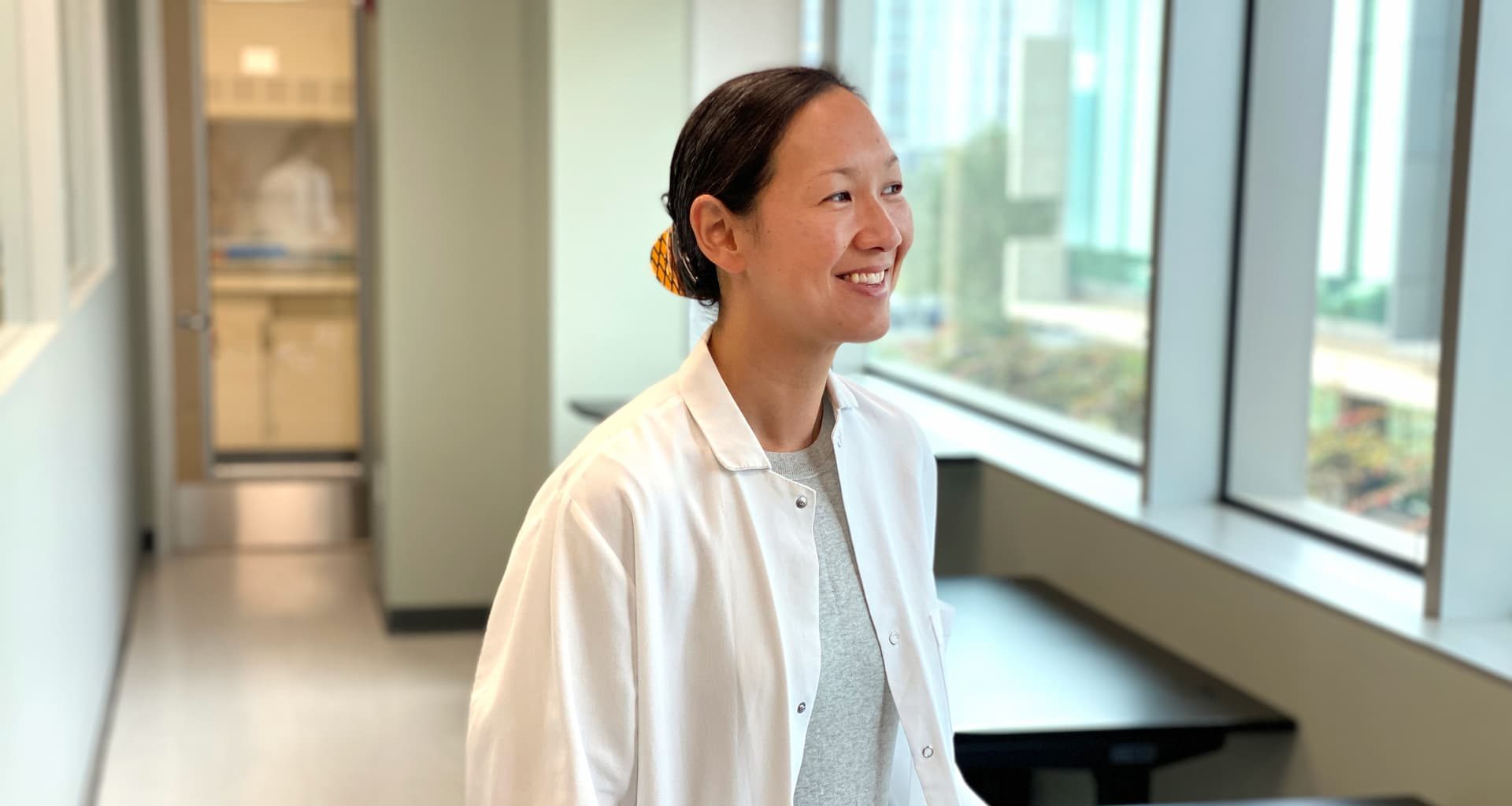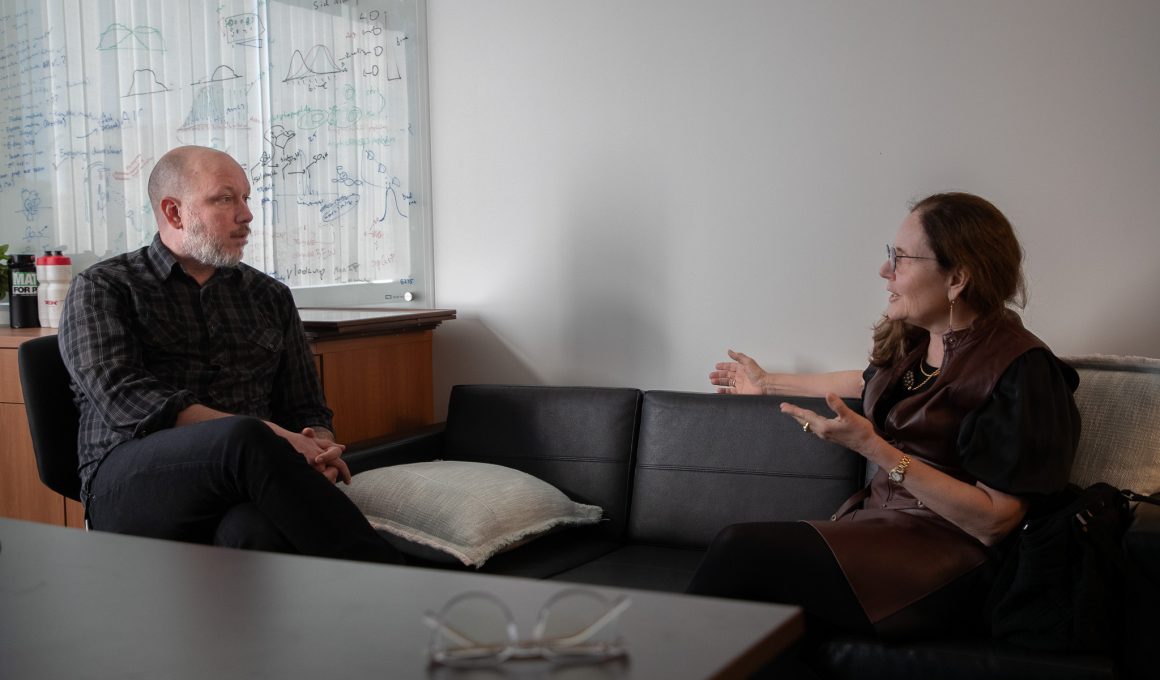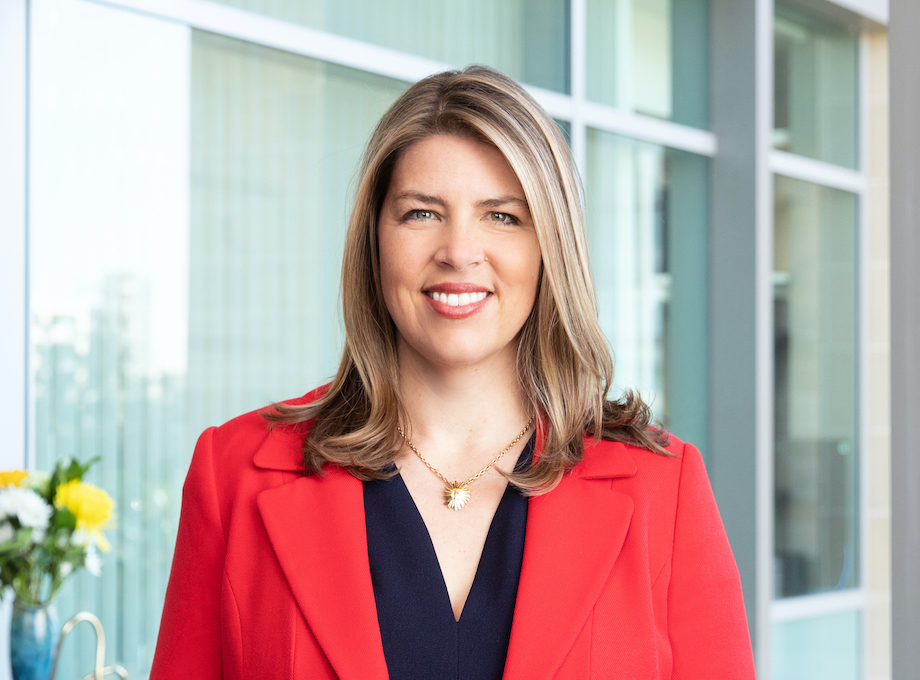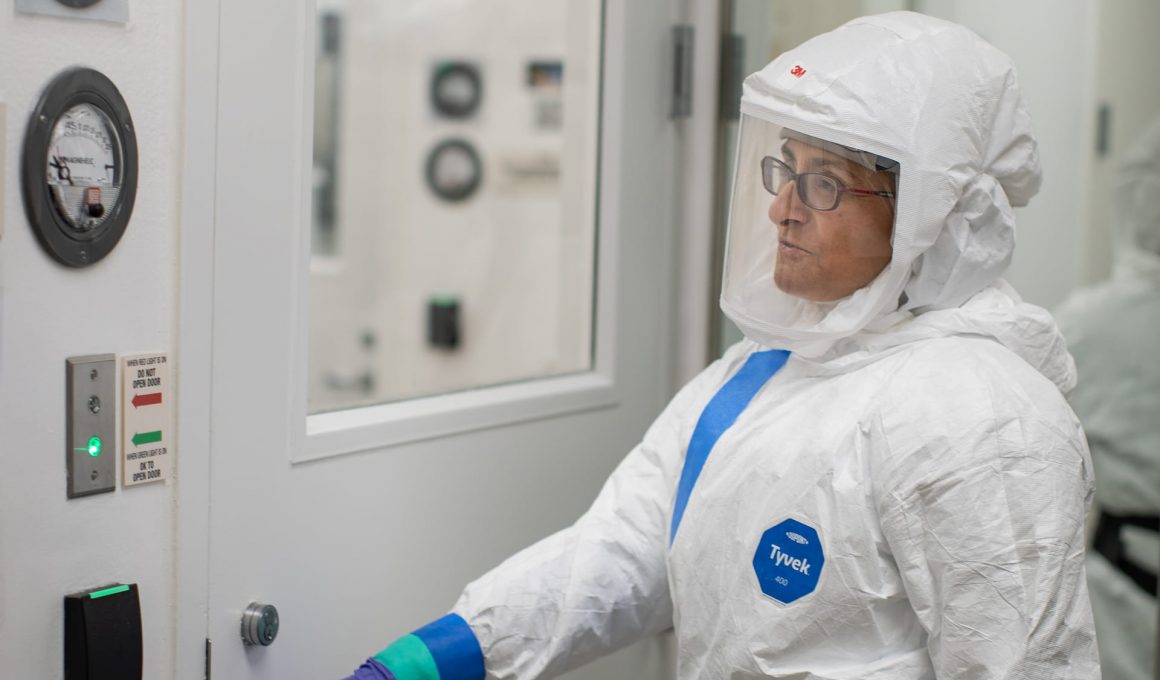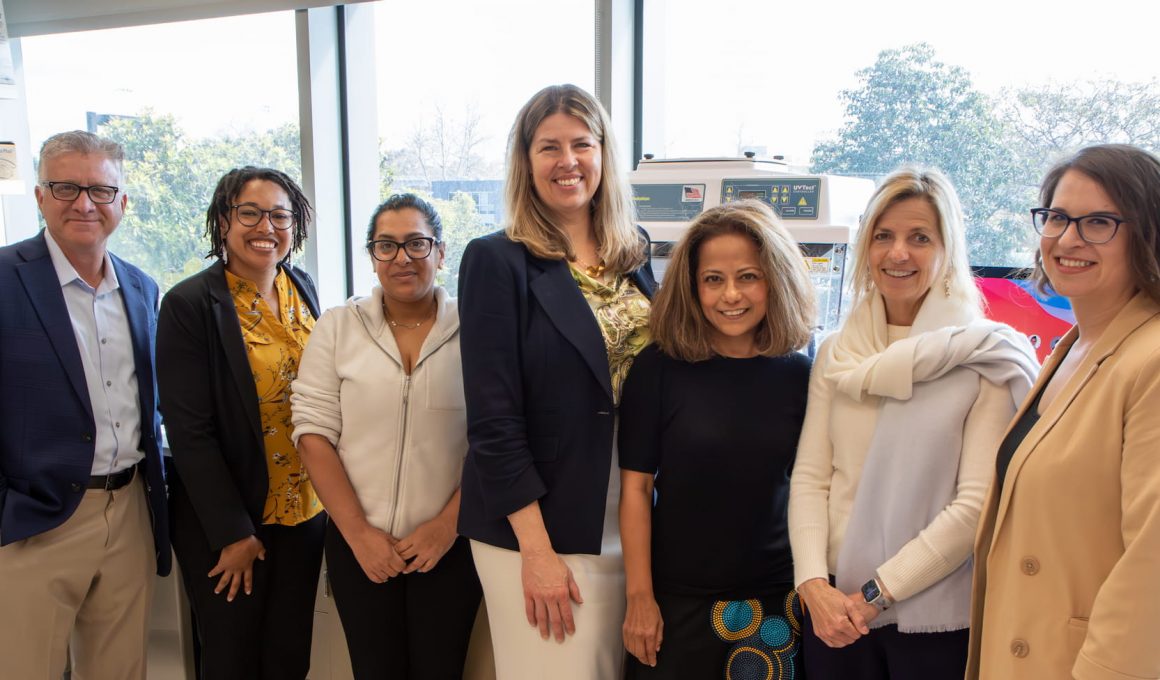As a physician-scientist, Sydney Ramirez, M.D., Ph.D., has seen firsthand how COVID-19 patients have suffered. Today, she’s working to better understand pathogen-host interactions and help guide future vaccine development.
Dr. Ramirez works as an infectious diseases clinician at UC San Diego Health. She’s also a Postdoctoral Researcher at La Jolla Institute for Immunology (LJI), where she leads COVID-19 studies in the laboratory of LJI Professor and Chief Scientific Officer Shane Crotty, Ph.D.
“I want to do research that will help improve medicine. Seeing patients is very rewarding, but science is what pushes medical care forward,” says Dr. Ramirez.
Dr. Ramirez has a unique perspective on pandemic preparedness. She first studied coronaviruses as a graduate student at the University of Texas Medical Branch. This was prepandemic work, and she looked at coronaviruses such as SARS and MERS.
In early 2020, Dr. Ramirez was considering accepting a position in LJI’s Crotty Lab. She was eager to continue her virology and vaccine research, but she wasn’t planning to stick with coronaviruses.
Then the COVID-19 pandemic reached the United States, and Dr. Ramirez was one of the few San Diego scientists with extensive experience studying coronaviruses. She joined the Crotty Lab just days before the lockdown and immediately began making connections with other doctors and researchers at UC San Diego to enroll participants and collect samples for LJI’s COVID-19 research.
“We were one of the first groups on the ground here in San Diego that was able to collect and study human samples,” says Dr. Ramirez. “It was amazing to be a part of that.”
Dr. Ramirez recalls visiting COVID-19 patients at the hospital to see if they were willing to donate blood samples for LJI research. These patients were desperate for answers. “So little was known about the virus early in the pandemic,” says Dr. Ramirez. “Patients would ask me if they should be scared. It was heartbreaking.”
Fortunately, Dr. Ramirez had the expertise to advance critical COVID-19 research. Dr. Ramirez and her LJI colleagues went on to publish a series of studies on how long SARS-CoV-2 immunity lasts in the body—and how well the immune system responds to newer SARS-CoV-2 variants, such as omicron. Their findings proved incredibly important for scientists working in vaccine and therapeutic development.
Still, scientists had a problem: They couldn’t get a clear look at immune cell activity in the upper airway. “It was time to look at immune responses from a different perspective,” says Dr. Ramirez.
Every breath you take gives pathogens a potential ride into your body. Luckily, our airway is lined with mucosal surfaces, where immune cells can stop pathogens in their tracks. Scientists are looking for strategies, such as new intranasal vaccines, that might boost this immune protection.
The first step is to understand exactly which immune cells are the main players in the upper airway. Unfortunately, the upper airway is a tough place to study. Researchers who try to collect and analyze cells from the airway often find the cells to be too few or too degraded for analysis, says Dr. Ramirez. “Some of the problems seem to come from freezing the samples or overprocessing them,” she says.
So Dr. Ramirez and her LJI colleagues devised a method that makes it possible to study these elusive immune cells.
Dr. Ramirez worked with experts in LJI’s John and Susan Major Center for Clinical Investigation to perform deep-nasal-cavity swabs of study participants to sample immune cells in their upper airway. These swabs reached way back into the nasal passages—to the adenoids. Dr. Ramirez and her colleagues then performed same-day processing and analysis, which meant they didn’t have to freeze the samples and risk degrading the cells.
The study was a success. As the study participants returned for regular swabbing, Dr. Ramirez and her colleagues finally got a close look at which kinds of immune cells stand ready to defend the mucosal tissues of the airway.
[Learn more: LJI scientists capture immune cells hidden in nasal passages]Among their many discoveries, the researchers found that immune cells such as T cells and B cells leap into action in response to SARS-CoV-2 vaccination or infection. They measured a large variety of T cells and B cells, including germinal center follicular helper T cells, which help B cells generate and improve antibody responses.
They also learned that populations of virus-specific memory immune cells—including tissue-resident memory T cells, memory B cells, and antibody-producing plasma cells—can ramp up antibody production in response to infection. This means the body doesn’t have to wait for immune cells to migrate from the bloodstream to the airway to fight the virus.
“We were finally able to take a closer look at the anatomy of infection—what happens when a virus first infects tissues of the upper airway.”
– LJI Postdoctoral Researcher Sydney Ramirez, M.D., Ph.D.
Dr. Ramirez calls the discovery of these long-lived tissue-resident immune cells “really striking.” These specialized cells were adapted to survive in the upper airway, and they stayed in the airway for at least six months after the infection was over.
With these new findings, published recently in Nature, scientists and doctors can move forward with new intranasal vaccine strategies to boost immunity in the upper airway.
Dr. Ramirez’s work may one day advance medical care, and the research world is taking note. Dr. Ramirez recently received significant funding through the Burroughs Wellcome Fund Career Awards for Medical Scientists program.
“I didn’t ever expect to receive such a prestigious award,” says Dr. Ramirez. “This support should allow me to wrap up the work that I started in the Crotty Lab and then move on to having my own laboratory—which has been a lifelong career goal.”
Dr. Ramirez hopes to lead new investigations into pathogen-host interactions, and she’s already thinking of the next big mysteries to solve. “With these new mucosal studies, we can start asking questions we’ve never asked before,” she says.


